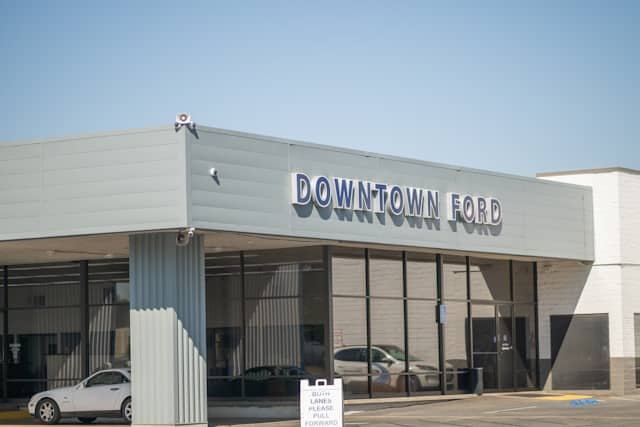The Impact of Collision Repairs on Vehicle Trade-In Value
 When considering trading in a vehicle that has undergone collision repairs, many car owners worry about how these repairs might affect the vehicle’s trade-in value. It’s a valid concern, as the history of repairs can influence how dealers and potential buyers perceive the overall worth of a car. Understanding the nuances of how collision repairs impact trade-in value can help you navigate the process more effectively and possibly retain more of your vehicle’s value. This article will explore various factors that affect trade-in value and offer strategies to maximize your car’s worth post-repair.
When considering trading in a vehicle that has undergone collision repairs, many car owners worry about how these repairs might affect the vehicle’s trade-in value. It’s a valid concern, as the history of repairs can influence how dealers and potential buyers perceive the overall worth of a car. Understanding the nuances of how collision repairs impact trade-in value can help you navigate the process more effectively and possibly retain more of your vehicle’s value. This article will explore various factors that affect trade-in value and offer strategies to maximize your car’s worth post-repair.
Understanding Depreciation Post-Repair
Severity of Damage
The extent of the damage and the quality of the repairs are perhaps the most critical factors in determining how much the trade-in value is affected. Vehicles that have sustained major structural damage and have undergone significant repairs often experience a steeper depreciation because they may be viewed as less reliable or safe.
Quality of Repairs
High-quality repairs using OEM (Original Equipment Manufacturer) parts can help mitigate depreciation. A vehicle that has been repaired well and restored to its original condition might retain more of its value than one that was repaired with cheaper, aftermarket parts or that shows visible signs of repair work.
The Role of Vehicle History Reports
Transparency and Trust
Vehicle history reports, such as those from CARFAX or AutoCheck, play a significant role in shaping the trade-in process. These reports will list any accidents or major repairs, providing transparency. While this might initially seem like a drawback, being upfront about the vehicle’s history can actually build trust with potential buyers or dealers.
Impact on Perceived Value
A history of collisions can deter some buyers or lead to lower offers, as the perceived risk increases. Buyers often prefer cars with a clean history because it suggests a lower likelihood of future problems. However, a well-documented repair history showing professional work can alleviate some concerns about the vehicle’s condition and safety.
Strategies to Maximize Trade-In Value
Keep Detailed Records
Maintaining detailed records of all repairs, including what was done, who did the work, and what parts were used, can significantly influence the trade-in process positively. Providing thorough documentation demonstrates to dealers and buyers that the repairs were handled professionally.
Choose Certified Repair Shops
Having repairs done at reputable, certified shops can reassure potential trade-in partners that the work meets industry standards. Shops certified by automakers or recognized industry bodies add an extra layer of credibility to the repair work.
Pre-Trade-In Inspections
Before you trade in your vehicle, consider having it inspected by a trusted mechanic. This inspection can identify any lingering issues that might reduce the trade-in value and provide an opportunity to address them before negotiations.
Conclusion
While previous collision repairs can impact a vehicle’s trade-in value, the effect can be mitigated by ensuring that repairs are done correctly and transparently. By understanding the factors that influence how repairs affect trade-in value and taking steps to document and communicate the quality of the repairs, you can help maintain more of your vehicle’s value. When the time comes to trade in, being prepared and knowledgeable will empower you to negotiate more effectively, ensuring you get the best possible deal.
